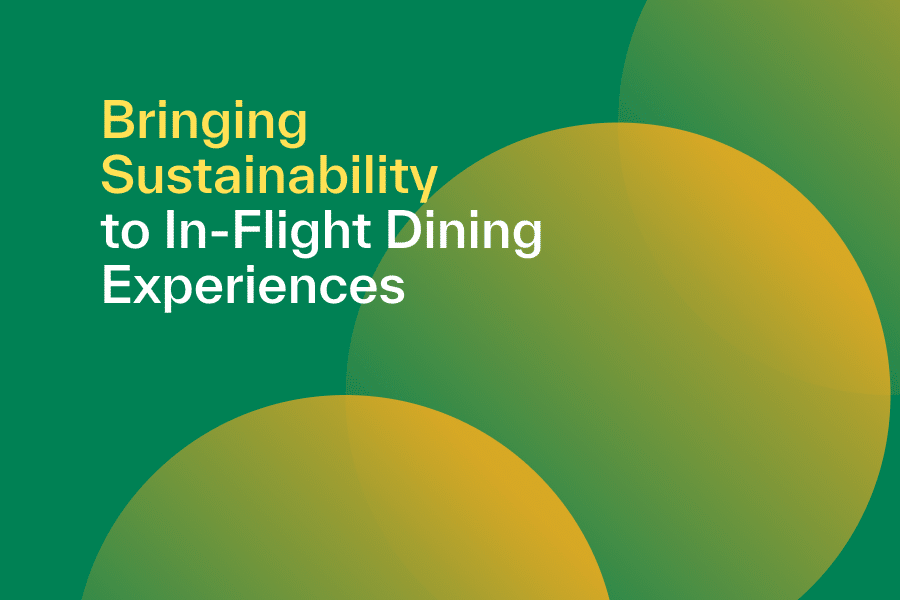Making and Branding a Thriving Place: a Three-Point Strategy
To all leaders in property development, urban planning and the government,
Consider This Place
It was only in the 1950s that a certain place was known for being a small fishing and pearl diving village. Today, that same place has transformed into an emblem of modernity and luxury. Regarded as an example of economic progress, its rapid growth and modernisation has raised the economic status of many thousands of locals, and provided employment to millions of foreign workers.
Touted by some as the city of the future, this place boasts some of the most ambitious development projects the world has seen. With the tallest building and largest shopping mall in the world, hotels with underwater rooms, and networks of luxurious artificial islands, they’re regarded as engineering and architectural marvels.
But unfortunately, its rapid modernisation has come at a cost that cannot be measured by money. Its vast marina area has turned the landscape into something unrecognisable from its past, replacing local areas and inhabitants with new buildings. Its artificial islands, despite helping the city gain global recognition, required extensive land reclamation and impacted marine ecosystems at scale. Its historical neighbourhood, once home to the city’s ruling family, has lost much of the authentic architecture and cultural character that defined the soul of that area, making way for new infrastructure, commercial properties and amenities. Moreover, the subsistent wage and poor labour conditions of construction workers has consistently been in question.
Now Consider Another Place
Known for harmonising its strong local economy with rich history, culture and responsible tourism, it fuses those elements with sustainable urban planning and a commitment to environmental initiatives that go far beyond the city’s famous and extensive bike lanes.
Many of its developments and wider neighbourhoods espouse this sense of equilibrium. One area, a rapidly growing commercial district that focuses on sustainability, has embraced environmentally responsible building practices. It also combines the pace of a financial centre with cultural events and exhibitions that celebrate the country’s heritage and modern art, attracting people and businesses from all corners of the world. Another area, which was once an important industrial zone, has undergone substantial renewal and development in a way that combines modernity with respect for cultural heritage. The result is a vibrant community of local businesses and an arts and culture hotspot.
Some readers will know by now that the first city is Dubai and the second is Amsterdam.
Inclusive Engagement: the Missing Link
The key difference between the two approaches is in the people involved and engaged in decision-making processes. For Dubai (and many others from Las Vegas to Hong Kong and Venice), there’s an emphasis on creating a place that appeals to a limited group of people, often big international and domestic businesses, and foreign tourists. A lack of engagement in those who stand to be affected most by change—the local residents, business owners and community at large – means their needs are not understood or even considered. And with top-down decision making prevalent in organisations, especially in Asian business culture, the problem is exacerbated.
It leads to what we often see with regeneration and development projects: the transformation of an area into a popular, trendy place, with new boutique hotels, bars, cafes, fine dining restaurants, high-end shopping malls, international brands and high-end residential buildings, but unfortunately, coming with many of the social and environmental downsides.
In Amsterdam’s case, community engagement is prioritised through neighbourhood associations and community meetings. Local businesses and residents are actively involved in decision-making processes and their input is sought for the development of tourism policies, which helps strike a balance between economic growth and their quality of life. The government supports cultural initiatives and heritage preservation by partnering with local businesses to promote traditional crafts, art, and cultural experiences. This helps maintain the city’s unique cultural identity and enhances the tourist experience. Even on the marketing front, local businesses often collaborate with the government and tourism boards on campaigns that emphasise responsible tourism, cultural appreciation, and sustainable practices.
Inspired by Doughnut Economics
Indeed, much of Amsterdam’s inclusive approach is explained by its adoption of what’s known as ‘Doughnut Economics’, a new economic model created by Kate Raworth that seeks balance between the needs of humanity and the limits of our planet’s resources. Amsterdam’s major social projects—from infrastructure to employment schemes—are guided by the principle that a city must “safely and justly” raise its inhabitants above the essentials of life that no human should be deprived of. Essentials such as housing, education and social equity. At the same time, this should be achieved without “overshooting” our planet’s ecological boundaries like climate change, ocean acidification and biodiversity loss. If these boundaries were ever to be breached, it would threaten humans’ ability to survive. Living appropriately above the essentials of life, but also safely within the ceiling of what our planet can provide, is to live in balance and within Raworth’s doughnut.
Place Making: Three Vital Steps
- Shift the mindset from ‘place branding’ to ‘place making’
Where place branding implies a focus on names and marketing narratives, place making goes much further. It’s about developing, shaping and reviving places to address real life needs, concerns and aspirations. It’s about taking everyone who will make it a place for living, working and playing into consideration. This fundamental shift in mindset and attitude is the first step to set in motion a desire in place creators—including property developers, urban planners, governments and community representatives—to truly embrace and engage all stakeholders in meaningful discussions to reach consensus on mutually beneficial outcomes.
- Redefine KPIs to achieve more than commercial growth
As numerous examples have pointed out, many costs and benefits of urban development cannot be measured in monetary terms. Therefore, place making must consider the different but equally important measures of success. Are we including existing communities and broader social groups in the creation of new offerings and facilities? Are we doing our utmost to eliminate social displacement? Is the development integrating environmental features that minimise impact and regenerate the local environment? Will this become a place that reflects the values of existing and incoming groups? Will this be a place that offers opportunities for local businesses to shine? Will this be a place that instils a renewed sense of civic pride? And so much more.
- Create real engagement that goes beyond public consultation
To truly address the needs of those that a place will serve, there needs to be an in-depth understanding of their lives and opinions. Town halls and hearings for public consultation are constrained by the way they’re usually held, with one-way communication and limited opportunities for individuals to provide input. Real understanding is achieved through an engagement programme that provides everyone a platform for speaking, learning and sharing, and coming to a consensus on the best outcome for all. Effective consensus-building processes engage these broad groups through a variety of channels that are right for them:
- Existing local residents and communities
- Existing local businesses
- Domestic visitors
- Foreign tourists
- Incoming local and international businesses
Where does that leave place branding?
A mindset shift towards place making does not diminish the role and importance of place branding. In fact, place making incorporates and embraces branding at its heart, with the two being intrinsically connected.
Treating all stakeholders as equals and engaging them properly to understand their lives, needs and views—that’s about ensuring the brand’s relevance, differentiation and impact on people’s needs. Shaping measures of success around all the potential benefits and costs of a development—not just economic, but also social and environmental – that’s about building a brand that makes the right commitments and credibly delivers on them. Creating a place that builds consensus across all groups in the community and achieves a mutually beneficial outcome for all—that’s about giving purpose to the brand; a ‘North Star’ that drives the organisation beyond commercial outcomes.









